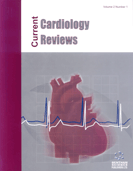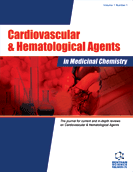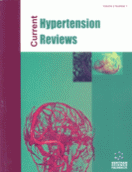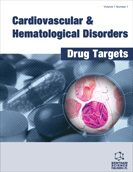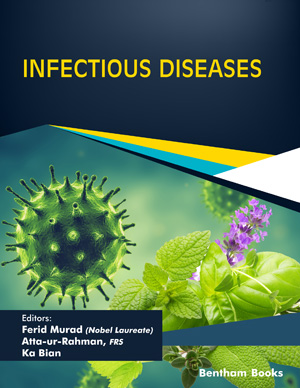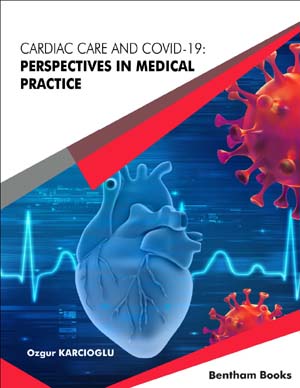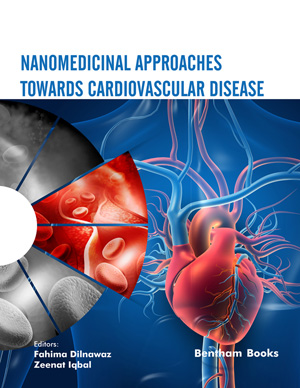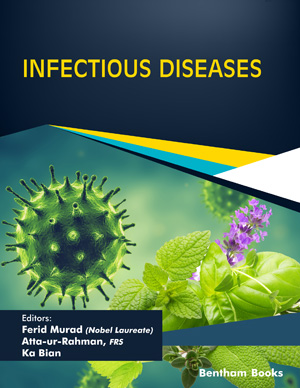Abstract
In the past decade, the Transradial Approach (TRA) has constantly gained ground among interventional cardiologists. TRA’s anatomical advantages, in addition to patients’ acceptance and financial benefits, due to rapid patient mobilization and shorter hospital stay, made it the default approach in most catheterization laboratories.
Access-site complications of TRA are rare and usually of little clinical impact, thus, they are often overlooked and underdiagnosed. Radial Artery Occlusion (RAO) is the most common, followed by radial artery spasm, perforation, hemorrhagic complications, pseudoaneurysm, arterio-venous fistula, and even rarer complications, such as nerve injury, sterile granuloma, eversion endarterectomy or skin necrosis. Most of them are conservatively treated, but rarely, surgical treatment may be needed and late diagnosis may lead to life-threatening situations, such as hand ischemia or compartment syndrome and tissue loss. Additionally, some complications may eventually lead to TRA failure and switch to a different approach. On the other hand, it is the opinion of the authors that non-occlusive radial artery injury, commonly included in TRA’s complications in the literature, should be regarded more as an anticipated functional and anatomical cascade, following radial artery puncture and sheath insertion.Keywords: Transradial approach, access-site complications, radial artery occlusion, coronary interventions, pseudoaneurysm.
Graphical Abstract
Current Cardiology Reviews
Title:Access-site Complications of the Transradial Approach: Rare But Still There
Volume: 17 Issue: 3
Author(s): Stelina Alkagiet, Dimitrios Petroglou*, Dimitrios N. Nikas and Theofilos M. Kolettis
Affiliation:
- Cardiology Department, 424 General Military Hospital, Thessaloniki,Greece
Keywords: Transradial approach, access-site complications, radial artery occlusion, coronary interventions, pseudoaneurysm.
Abstract: In the past decade, the Transradial Approach (TRA) has constantly gained ground among interventional cardiologists. TRA’s anatomical advantages, in addition to patients’ acceptance and financial benefits, due to rapid patient mobilization and shorter hospital stay, made it the default approach in most catheterization laboratories.
Access-site complications of TRA are rare and usually of little clinical impact, thus, they are often overlooked and underdiagnosed. Radial Artery Occlusion (RAO) is the most common, followed by radial artery spasm, perforation, hemorrhagic complications, pseudoaneurysm, arterio-venous fistula, and even rarer complications, such as nerve injury, sterile granuloma, eversion endarterectomy or skin necrosis. Most of them are conservatively treated, but rarely, surgical treatment may be needed and late diagnosis may lead to life-threatening situations, such as hand ischemia or compartment syndrome and tissue loss. Additionally, some complications may eventually lead to TRA failure and switch to a different approach. On the other hand, it is the opinion of the authors that non-occlusive radial artery injury, commonly included in TRA’s complications in the literature, should be regarded more as an anticipated functional and anatomical cascade, following radial artery puncture and sheath insertion.Export Options
About this article
Cite this article as:
Alkagiet Stelina , Petroglou Dimitrios *, Nikas N. Dimitrios and Kolettis M. Theofilos , Access-site Complications of the Transradial Approach: Rare But Still There, Current Cardiology Reviews 2021; 17 (3) . https://dx.doi.org/10.2174/1573403X16999200819101923
| DOI https://dx.doi.org/10.2174/1573403X16999200819101923 |
Print ISSN 1573-403X |
| Publisher Name Bentham Science Publisher |
Online ISSN 1875-6557 |
 11
11
- Author Guidelines
- Bentham Author Support Services (BASS)
- Graphical Abstracts
- Fabricating and Stating False Information
- Research Misconduct
- Post Publication Discussions and Corrections
- Publishing Ethics and Rectitude
- Increase Visibility of Your Article
- Archiving Policies
- Peer Review Workflow
- Order Your Article Before Print
- Promote Your Article
- Manuscript Transfer Facility
- Editorial Policies
- Allegations from Whistleblowers
- Announcements
Related Articles
-
Pharmacologic Therapy In Traumatic Brain Injury: Update On Experimental Treatment Strategies
Current Pharmaceutical Design Novel Oral Anticoagulants for Venous Thromboembolism with Special Emphasis on Risk of Hemorrhagic Complications and Reversal Agents
Current Drug Therapy Novel Target Identification Technologies for the Personalised Therapy of Type II Diabetes and Obesity
Immunology, Endocrine & Metabolic Agents in Medicinal Chemistry (Discontinued) Possible Role of the Extracellular Signal-Regulated Kinase (ERK) in Reward-Controlled Learning and Addiction
Current Neuropharmacology Cognitive Consequences of a Sustained Monocyte Type 1 IFN Response in HIV-1 Infection
Current HIV Research Relationship Among Fatty Liver, Adipose Tissue Distribution and Metabolic Profile in Moderately Obese Children: An Ultrasonographic Study
Current Pharmaceutical Design Stem Cell Therapies for the Lysosomal Storage Diseases – the Quintessential Neurodegenerative Diseases
Current Stem Cell Research & Therapy Pharmacological Therapies for Pediatric and Neonatal ALI/ARDS: An Evidence-Based Review
Current Drug Targets BRI2 Interacts with BACE1 and Regulates Its Cellular Levels by Promoting its Degradation and Reducing Its mRNA Levels
Current Alzheimer Research The Nrf2-ARE Pathway: A Valuable Therapeutic Target for the Treatment of Neurodegenerative Diseases
Recent Patents on CNS Drug Discovery (Discontinued) Glycosphingolipid Structure and Function in Membranes
Current Organic Chemistry Role of the Gut Microbiota in Age-Related Chronic Inflammation
Endocrine, Metabolic & Immune Disorders - Drug Targets Acetylcholinesterase Imaging: Its Use in Therapy Evaluation and Drug Design
Current Pharmaceutical Design Drug Delivery Systems for Local Anesthetics
Recent Patents on Drug Delivery & Formulation The Return of the INGs, Histone Mark Sensors and Phospholipid Signaling Effectors
Current Drug Targets Learning from Metabolic Networks: Current Trends and Future Directions for Precision Medicine
Current Medicinal Chemistry Lipid Raft in Cardiac Health and Disease
Current Cardiology Reviews The Contribution of Proteinase-Activated Receptors to Intracellular Signaling, Transcellular Transport and Autophagy in Alzheimer´s Disease
Current Alzheimer Research Current Constructs and Targets in Clinical Development for Antibody- Based Cancer Therapy
Current Drug Targets Intestinal Immunomodulation. Role of Regulative Peptides and Promising Pharmacological Activities
Current Pharmaceutical Design


